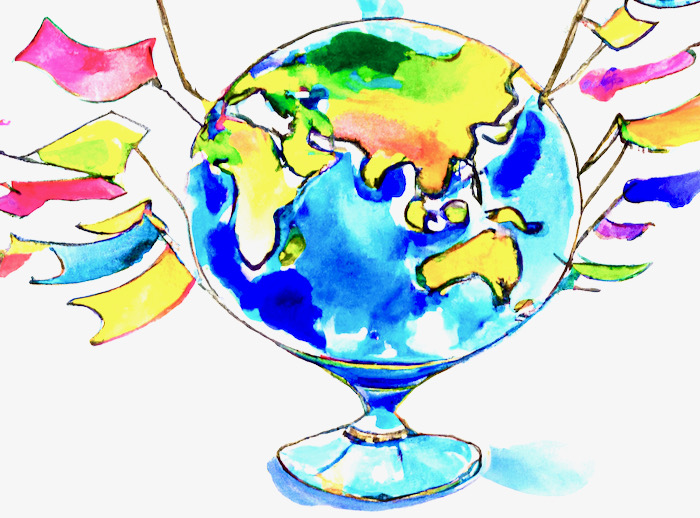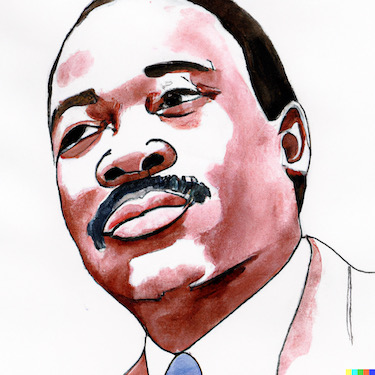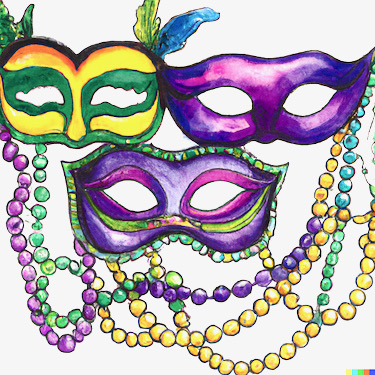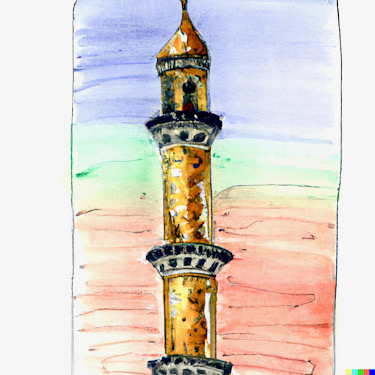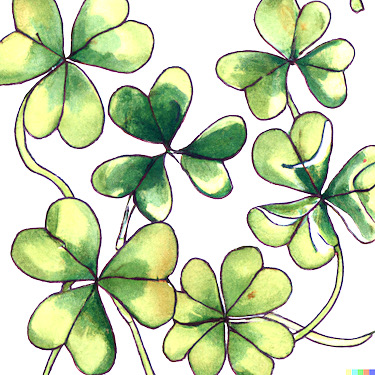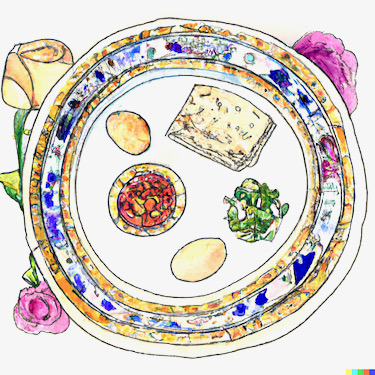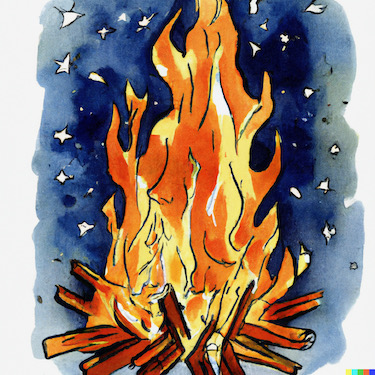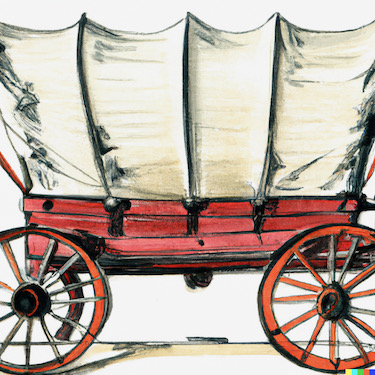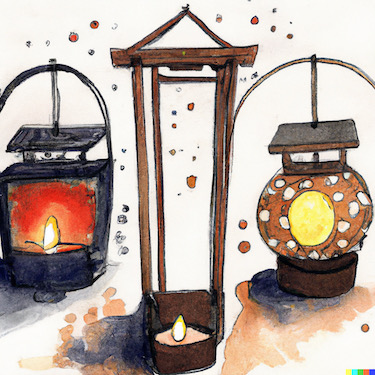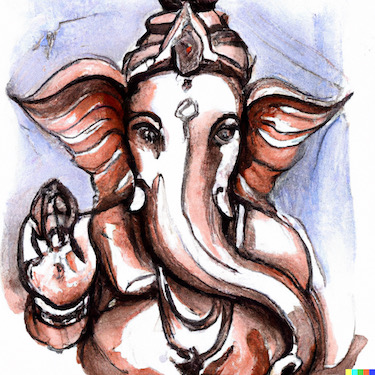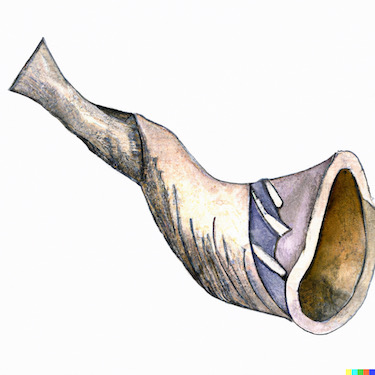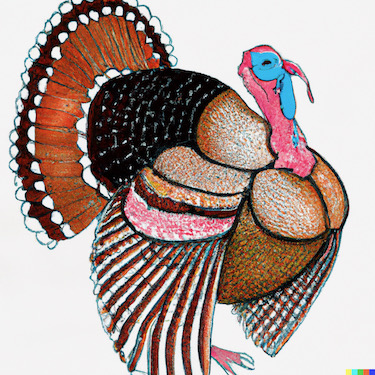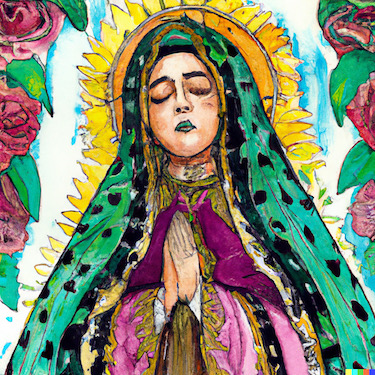THURSDAY, JANUARY 16: Most of world marked a Gregorian New Year just two weeks ago, but for Mahayana Buddhists, the New Year comes today: on the full moon day of January. Though customs and moon sightings vary by region, devotees in Mahayana countries—such as Tibet, Korea, Mongolia, China, Japan, Nepal, Vietnam and Indonesia—mark the New Year as a time of meditation.
Though Buddhism stresses the importance of frequent and even daily self-reflection, the New Year stands apart as celebrated with visits among family and friends and the release of old karma. In many regions, statues of Buddha are bathed in a sacred ceremony. Having cleaned their homes in preparation for the New Year, many homes host a feast of traditional foods and the exchange of well wishes. A quieter, more solemn custom involves the printing of past sins onto slips of paper, then casting them into a fire in attempts to free oneself from the negative consequences of bad karma and to garner a fresh start.
Did you know? The Mahayana tradition began in India and claims 56 percent of Buddhist practitioners—the largest tradition within Buddhism today. Traditions within Mahayana include Zen, Chinese Chan, Pure Land, Tiantai, Nichiren and Vajrayana.
